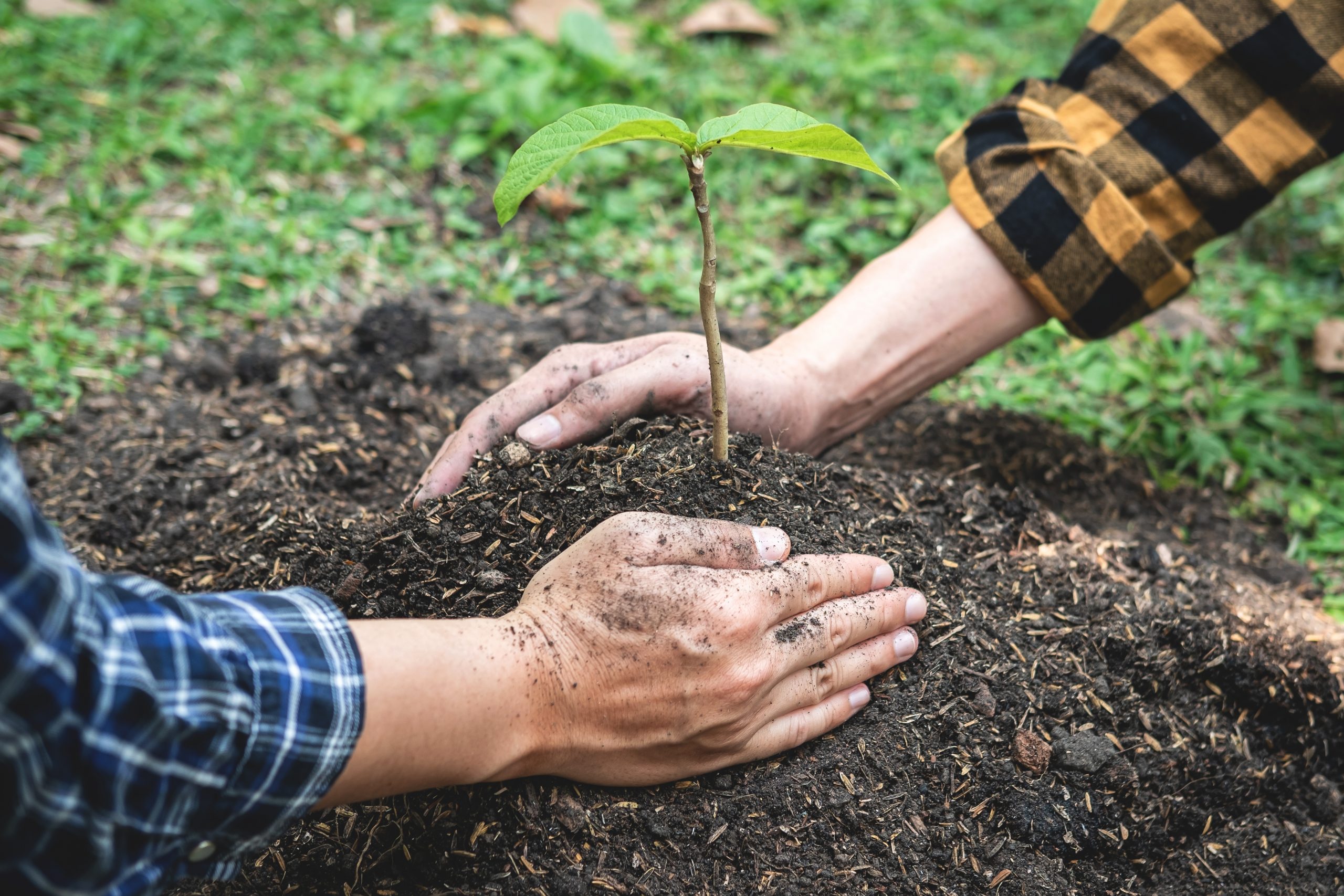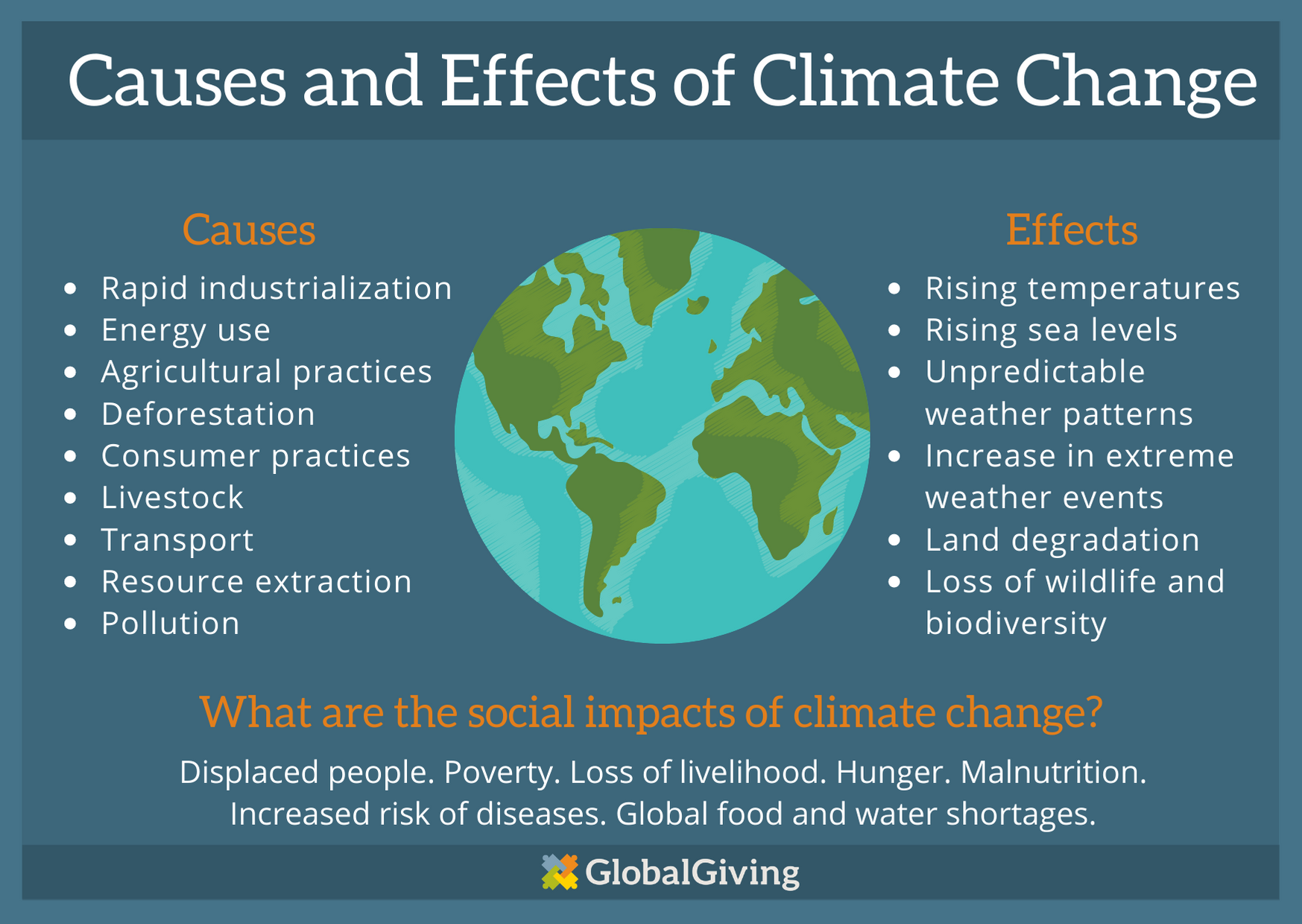Introduction
The Earth is facing an unprecedented environmental crisis in the form of climate change. The consequences of this crisis are far-reaching, affecting weather patterns, sea levels, and ecosystems worldwide. One of the primary drivers of climate change is the increase in greenhouse gas emissions, particularly carbon dioxide (CO2), into the atmosphere. To combat this issue, we must not only reduce emissions but also actively remove CO2 from the air. This is where reforestation and afforestation come into play.
Reforestation vs. Afforestation
Before delving into their role in climate change mitigation, let’s clarify the distinction between reforestation and afforestation:
Reforestation: This process involves replanting trees in areas where forests have been previously cut down or otherwise destroyed. The aim is to restore the original forest cover that existed in those areas.
Afforestation: Afforestation is the practice of planting trees in areas that were not previously forested, such as grasslands or barren lands. It involves creating entirely new forest ecosystems.
While both reforestation and afforestation are essential for restoring carbon sinks, they differ in their approaches and benefits.
The Importance of Carbon Sinks
Carbon sinks are natural systems that absorb more carbon dioxide than they release, effectively helping to reduce the concentration of CO2 in the atmosphere. Forests are some of the most critical carbon sinks on our planet. They act as giant “carbon vacuums,” absorbing CO2 during photosynthesis and storing it in their biomass, soils, and even in the products made from wood.
Here are four key reasons why carbon sinks, especially forests, are essential in the fight against climate change:
CO2 Absorption: Trees absorb CO2 from the atmosphere and store it as carbon in their biomass. This process helps to reduce the overall concentration of CO2 in the atmosphere, slowing down global warming.
Biodiversity Conservation: Forests are not just carbon storage units; they are also home to a vast array of plant and animal species. By preserving and restoring forests, we protect biodiversity and ensure the survival of countless species.
Climate Regulation: Forests play a crucial role in regulating local and regional climates. They help maintain humidity, cool the air, and reduce the impact of extreme weather events like floods and droughts.
Economic Benefits: Forests provide valuable resources such as timber, non-timber forest products, and ecotourism opportunities. Sustainable forest management can support local economies while still acting as carbon sinks.
The Role of Reforestation
Reforestation efforts focus on restoring damaged or degraded forested areas. This can include planting native tree species in deforested regions, regenerating clear-cut forests, or rehabilitating areas affected by wildfires or other natural disasters.
Here’s why reforestation is critical in the battle against climate change:
Carbon Sequestration: Reforested areas actively remove CO2 from the atmosphere. As trees grow, they accumulate carbon in their trunks, branches, leaves, and roots, effectively acting as carbon storage units.
Restoring Ecosystems: Reforestation helps rebuild ecosystems that have been disrupted or destroyed by human activities. This restoration promotes biodiversity and ecological balance.
Protecting Watersheds: Forests play a crucial role in maintaining clean water supplies by filtering and regulating water flow. Reforestation efforts protect watersheds and ensure a sustainable source of freshwater.
Enhancing Resilience: By restoring forests, we make landscapes more resilient to climate change impacts, such as increased temperatures and changing precipitation patterns.
The Role of Afforestation
Afforestation involves creating new forests in areas that were not previously forested. This can include planting trees in grasslands, on marginal agricultural lands, or in urban areas.
Here’s why afforestation is essential for mitigating climate change:
Expanding Carbon Sinks: Afforestation expands the total area of carbon sinks on the planet, increasing the overall capacity to absorb CO2 from the atmosphere.
Reclaiming Degraded Lands: Afforestation can be used to rehabilitate lands that have been degraded by agriculture, mining, or other human activities. This process revitalizes the soil and ecosystem.
Urban Greening: Planting trees in cities not only sequesters carbon but also helps cool urban environments, reduce air pollution, and improve overall quality of life.
Enhancing Ecosystem Services: Afforestation can provide numerous ecosystem services, including improved air and water quality, habitat creation, and support for local biodiversity.
Challenges and Considerations
While reforestation and afforestation are powerful tools for climate change mitigation, several challenges and considerations must be addressed:
Species Selection: It’s essential to choose native tree species that are well-suited to the local environment to ensure successful establishment and long-term growth.
Land Use Conflicts: In some cases, land earmarked for afforestation may be in competition with agricultural or urban development. Balancing these interests requires careful planning.
Sustainable Management: Reforested and afforested areas need ongoing management to ensure they continue to sequester carbon effectively and provide ecological benefits.
Monitoring and Reporting: Accurate monitoring and reporting of carbon sequestration and ecosystem health are essential to assess the success of reforestation and afforestation projects.
Community Engagement: Involving local communities in reforestation and afforestation initiatives can lead to better outcomes and promote the sustainable use of forest resources.
Conclusion
In the battle against climate change, reforestation and afforestation stand as powerful allies. These practices not only sequester carbon dioxide from the atmosphere but also offer a range of ecological, social, and economic benefits. It is crucial that we continue to invest in and prioritize these initiatives as part of a broader strategy to mitigate the effects of climate change and build a sustainable future for our planet. Through reforestation and afforestation, we can restore the balance of our carbon sinks and take meaningful steps towards a more resilient and harmonious world.






